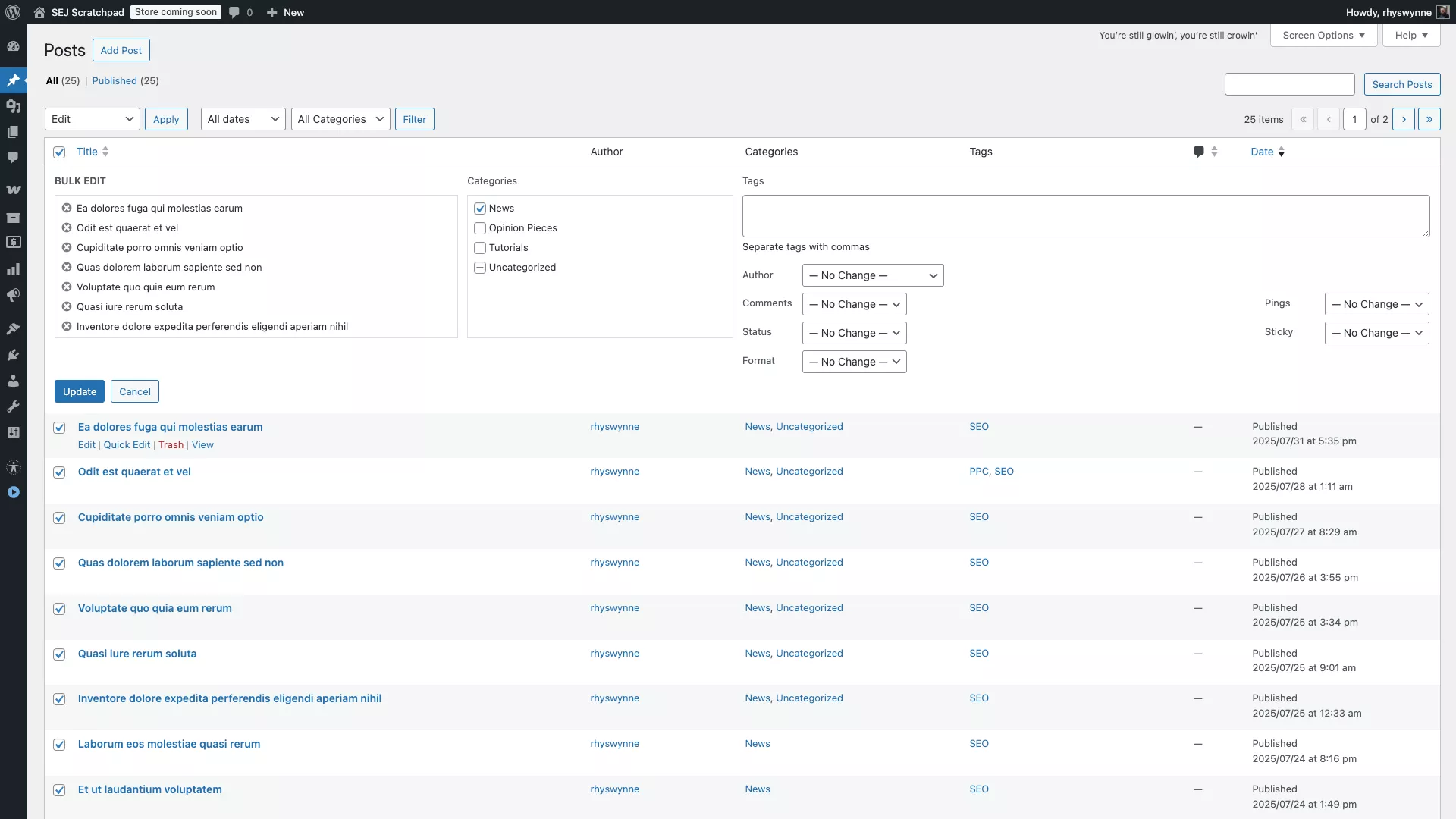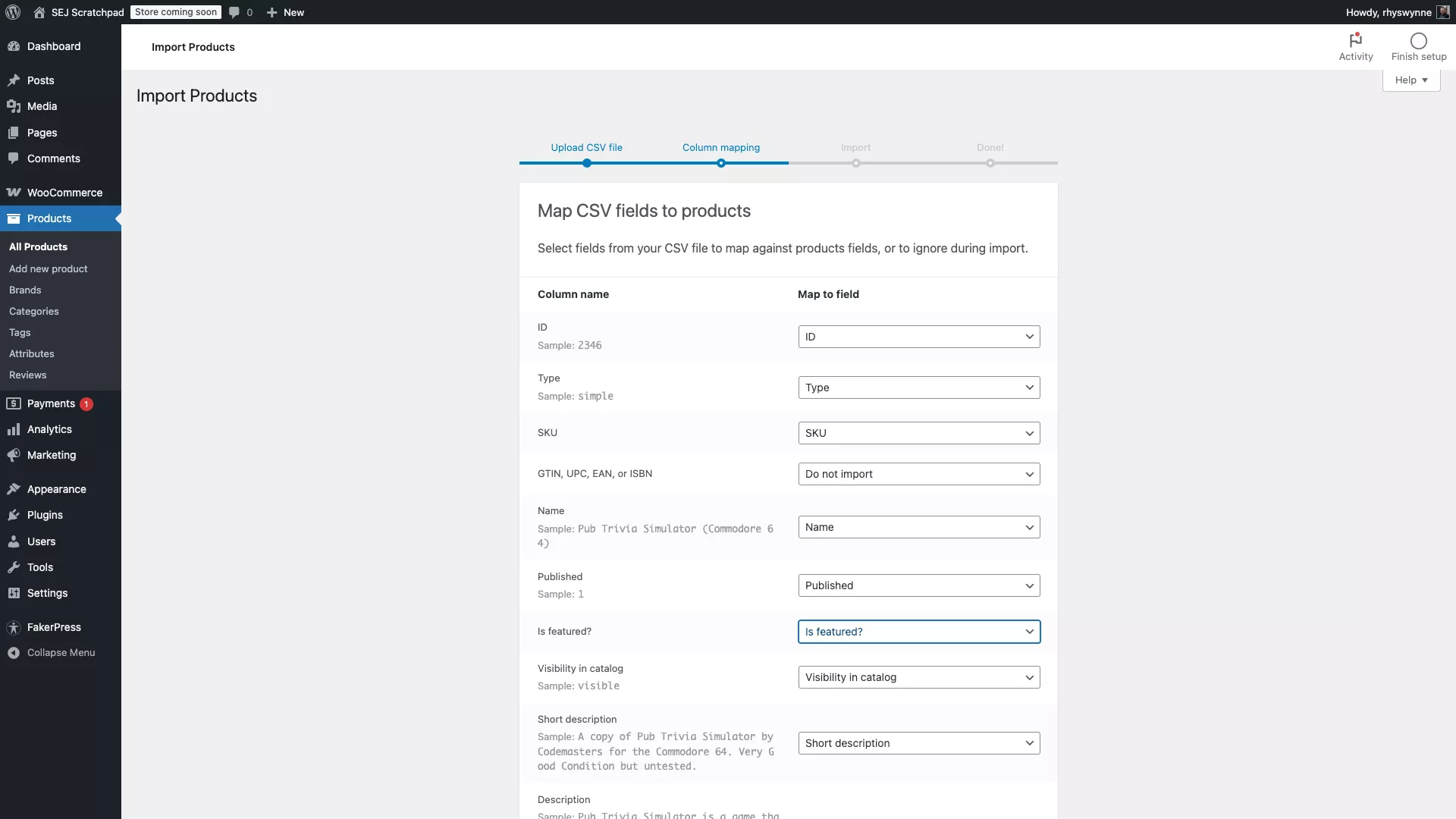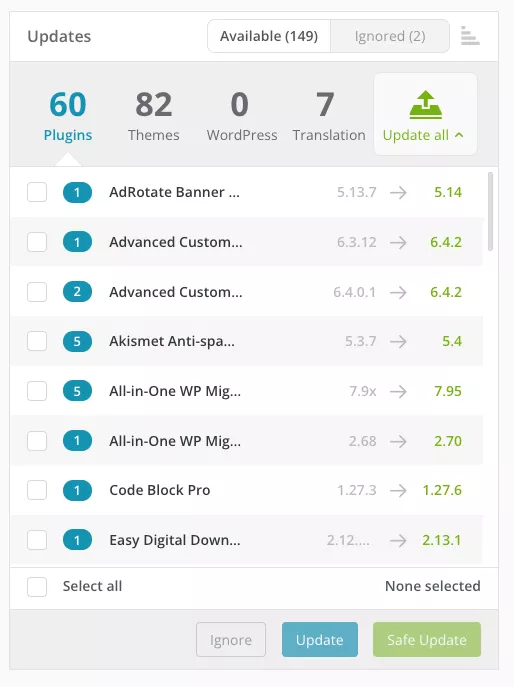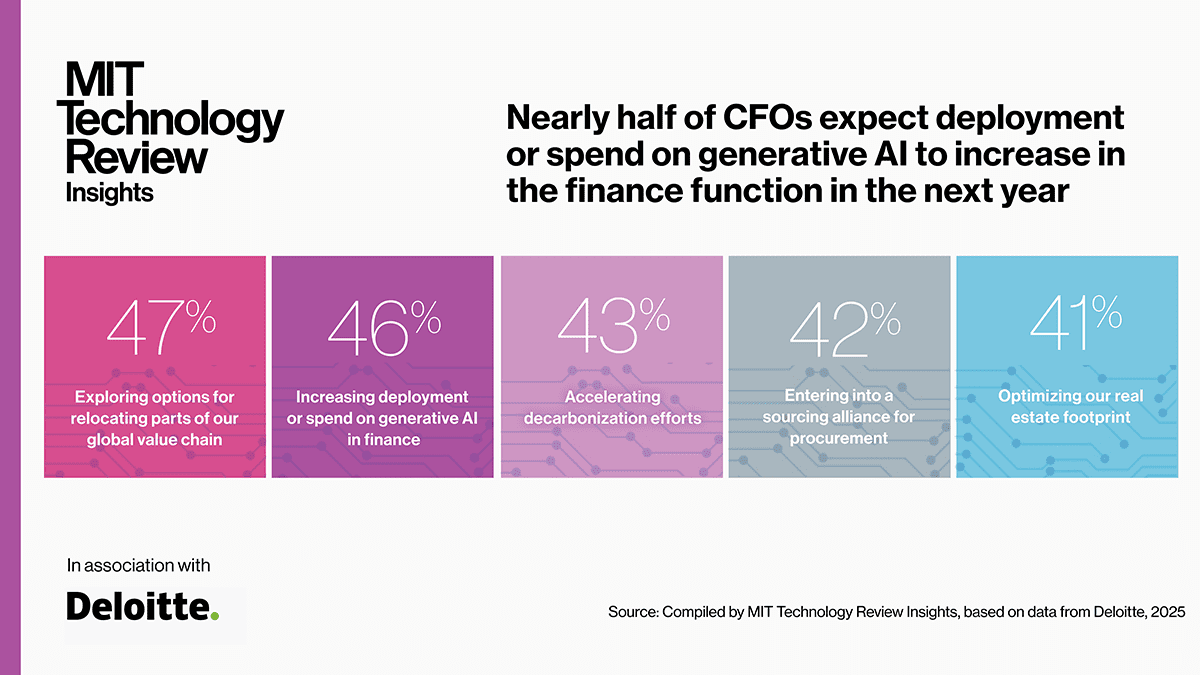Google-Criteo Deal Unlocks Retail Media

Google is about to give agencies and advertisers access to prime retail media placements on ecommerce sites such as Best Buy, Costco, and Target.
The deal, announced on September 10, 2025, connects Google’s Search Ads 360 (SA360) platform with a network of more than 200 enterprise-level retailers via Criteo’s advertising and commerce platform.
“With Criteo’s expansive network of retailer partners, we’re helping advertisers connect with customers at a critical moment in their shopping journey,” said Bill Reardon, general manager, enterprise platform at Google, via a press release.
Digital Retail Media
Retail media is exploding. Adtelligent estimated that worldwide retail media spend would reach $145 to $165 billion in 2025, up from $59 billion in 2019.
In the United States, the market is valued at more than $60 billion and is growing at roughly 20% per year, according to various sources.
Advertisers use digital retail media primarily to promote products sold on the given retailer’s website. Thus many retail media advertisers are actually the store’s suppliers, boosting sales via the retail channel.
Digital retail media has taken off, in part, because it relies on first-party customer data and does not require intrusive cookies or complex privacy protocols.
Walled Gardens
A few “walled gardens,” i.e., closed platforms or ecosystems operated by a single company, dominate the market. Of these, Amazon is far and away the leader.
In Q2 2025, Amazon’s ad revenue reached $15.69 billion, a 23% year-over-year increase, hitting a record 9.36% of the company’s total revenue and marking it as the fastest-growing segment.
Amazon has leveraged its massive ecommerce marketplace and best-in-class shopping data. Together, these create a self-reinforcing advertising flywheel that drives conversions for advertisers and revenue for Amazon.
Good Data
Amazon’s retail media flywheel works because the company controls the entire process, from initial customer acquisition to final purchase, collecting all the behavioral data along the way. It has first-party data that is real, recent, and relevant.
Compared to third-party data, Amazon and nearly any walled-garden advertising solution will be much more effective at targeting shoppers and producing sales.
These closed ecosystems also help with measurement. Since the ads are running and converting in a walled garden, advertising attribution is easy.
Enter Google
While Amazon is the undisputed leader in digital retail media, Google is the king of digital advertising generally. The company generated approximately $71.3 billion in advertising revenue during Q2 2025, representing a 10.4% year-over-year increase.
Some $54 billion of that Q2 revenue was specific to search advertising. A significant portion of that revenue passes through the company’s SA360 platform. That demand will now connect to Criteo and its retail media network.
This deal is a significant shift for the market. In the past, Google’s retail-related advertising products, such as AI-assisted PMax or Shopping Ads, have focused on driving traffic to retail websites. The idea was that someone would query on Google search, see an ad for a relevant product, and go to the retailer to buy it.
With Criteo’s help, Google can now offer a more complete way to advertise to consumers. Its platform not only guides advertisers to retail sites, but also shoppers on those sites to specific sponsored products.
Google vs. Amazon
In a sense, the Google and Criteo deal targets Amazon’s dominance in digital retail media and walled gardens generally.
Google gains a foothold in the digital retail media market, providing SA360 advertisers with the opportunity to extend search campaigns into high-intent shopping environments, all with unified measurement and attribution.
Brands that had been using retail media now have an alternative. Rather than concentrating advertising spend in a few dominant ecosystems, the Google-Criteo integration opens access to a broader range of retail ad placements.
It opens some access to some of those walled gardens, and, as several pundits have put it, fosters competition and “democratizes” retail media.
Antitrust
While Criteo and Google had been in discussions for some time, the deal’s announcement came just days after Google survived what could have been a devastating antitrust ruling. It was also less than two weeks before a second remedy hearing.
In August 2024, a U.S. District Court found Google guilty of maintaining an illegal monopoly over the general online search and text advertising markets.
Leading up to the September 2025 remedy hearing, some observers thought that Google would be required to divest some of its products, such as the Chrome browser.
No Breakup
Instead, the court, on September 2, 2025, ruled that Google change its behavior, including:
- Refraining from entering into exclusive search engine contracts,
- Sharing some search data with qualified competitors.
In a separate April 2025 case, a federal judge found Google guilty of illegally monopolizing key segments of the digital advertising market. The remedy hearing for this case is scheduled for September 22, 2025.
Google’s “democratizing” deal with Criteo could be an indication to the courts that the company aims to encourage competition.













